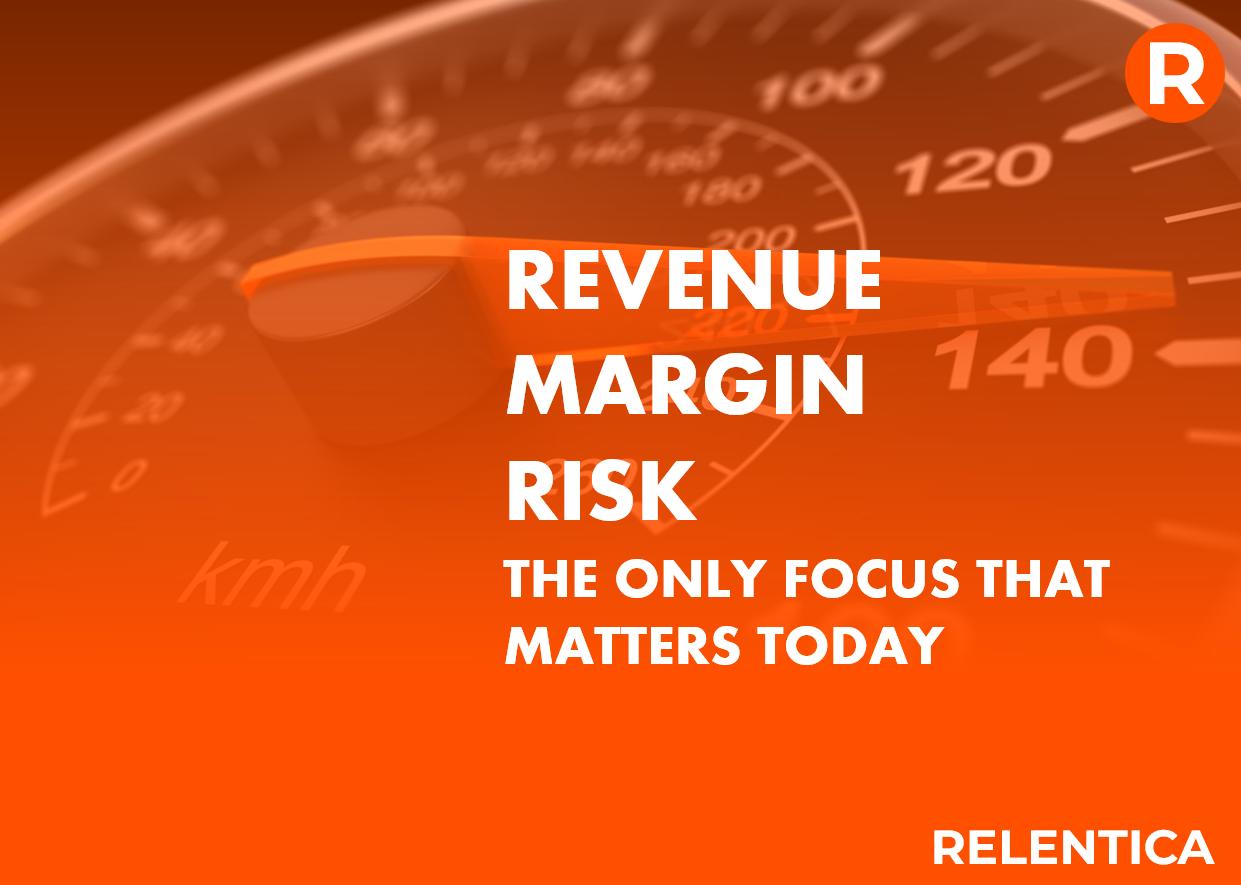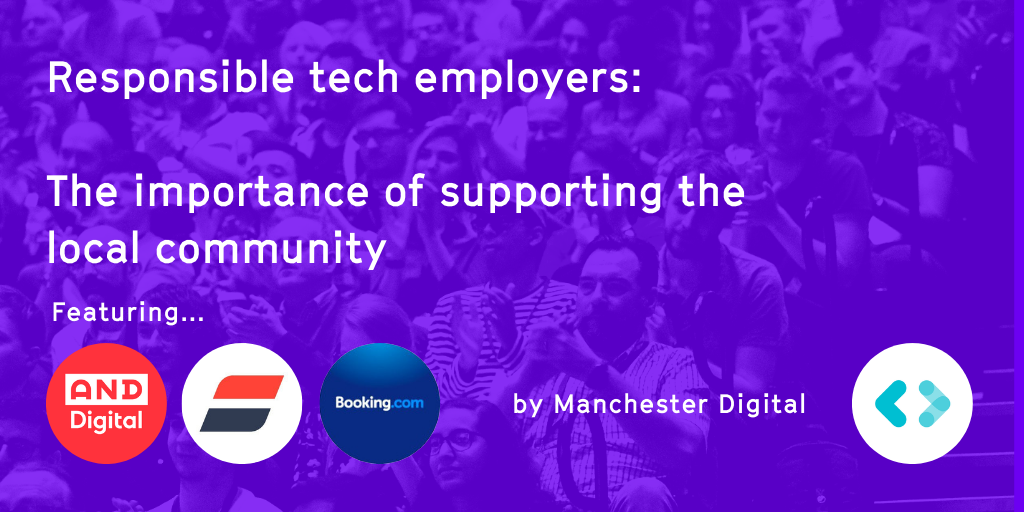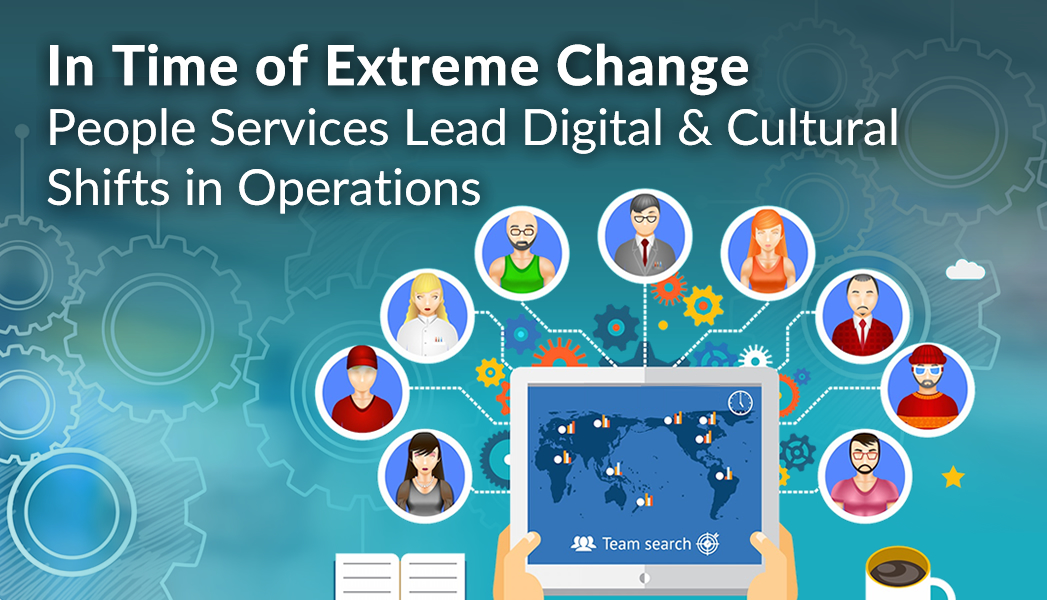
In the race to modernise, automate, and adopt AI, it’s easy for businesses to lose sight of the fundamentals. The question every technology leader should ask before signing off a new investment is simple: What dial does this move?
At Relentica, we use three dials to assess every decision – Revenue, Margin, and Risk (RMR). These are the true levers of commercial performance. Every decision in technology, data, or AI should influence at least one of them in the right direction – and ideally, more than one.
If it doesn’t, it’s not progress. It’s distraction.
Revenue – Growth With Direction
Everyone wants growth. But chasing growth for its own sake is like accelerating in fog – fast but blind. Technology should drive revenue through clear, measurable outcomes, not vanity metrics or pilots that never scale.
Ask yourself:
Does this technology directly enable us to sell more, sell faster, or sell smarter?
Does it improve customer retention or expand our market reach?
Is it creating new revenue streams – or just new costs?
AI, for example, can absolutely grow revenue – but only if implemented with intent. Use it to identify opportunities, personalise engagement, or speed up delivery. But go in with a plan, and more importantly, a way out. Many organisations launch pilots without understanding what success looks like or how to scale responsibly. That’s how good ideas turn into stranded costs.
Growth should never come at the expense of control. Real revenue growth is sustainable, measurable, and strategically aligned.
Margin – The Hidden Power of Simplicity
Margin improvement doesn’t come from cutting corners – it comes from cutting complexity. Too many businesses introduce new platforms without exiting the old ones. The result? Redundant spend, overlapping capability, and tech debt that quietly drains profitability year after year.
Every new technology decision must include an exit plan. The discipline isn’t just about adding capability – it’s about removing waste.
Margin levers to consider:
Licensing: Are we paying for more than we use? How often do those renewal costs go unchecked?
Usage: Is the platform fully embedded in operations, or just another unused login?
Process efficiency: Does the tech make work faster, better, or cheaper – or just different?
Business cases don’t have to be perfect, but they must set direction. Perfection is the enemy of progress. Knowing where the improvement is meant to come from – and how to measure it – matters more than a flawless spreadsheet.
Technology should enable smarter operations, better decisions, and consistent execution. Simplicity is a profit engine.
Risk – Secure Enough to Succeed
Cybersecurity, compliance, and resilience are high on every agenda – and for good reason. But the truth is uncomfortable: nothing is ever truly secure. What matters is being secure enough to operate confidently, detect threats early, and respond effectively when something goes wrong.
Security isn’t a one-time investment – it’s a continual calibration of risk appetite. Over-engineer it and you stifle innovation. Under-invest and you invite trouble. The goal is equilibrium: to be strong enough to deter attackers, prepared enough to respond, and adaptable enough to recover fast.
The practical mindset:
Understand and accept the worst case – breaches happen
Design for detection and rapid response.
Align cyber priorities with business impact – not just fear.
When organisations get this balance right, they turn security from a defensive function into a strategic advantage. Trust becomes a differentiator. Customers, investors, and regulators all see the same thing – confidence built on competence.
The RMR Lens in Action
Every technology and data decision should be viewed through the RMR lens:
Revenue: Does it enable growth or new opportunity?
Margin: Does it streamline, simplify, or reduce cost?
Risk: Does it protect, strengthen, or assure the business?
When all three align, transformation accelerates. When they don’t, technology becomes expensive noise – activity without impact.
AI investment is a perfect example. It’s the biggest opportunity of the decade, but it’s also riddled with risk. The winners will be those who link every experiment to a measurable commercial outcome. Not perfect plans – but clear intent. Progress over perfection, as long as it’s progress in the right direction.
Progress, Not Perfection
In today’s market, cost pressures are real. Growth expectations are relentless. Risk is rising. The only way to navigate this complexity is with a disciplined, outcome-led mindset. Every decision in technology, data, and AI must move one or more of the RMR dials – or it shouldn’t be made.
That’s what we help clients do at Relentica: apply commercial clarity to technology strategy. Identify where to invest, where to simplify, and where to protect. Because progress doesn’t come from more technology – it comes from technology that moves the right dials.
Relentica – Strategy. Execution. Growth.








